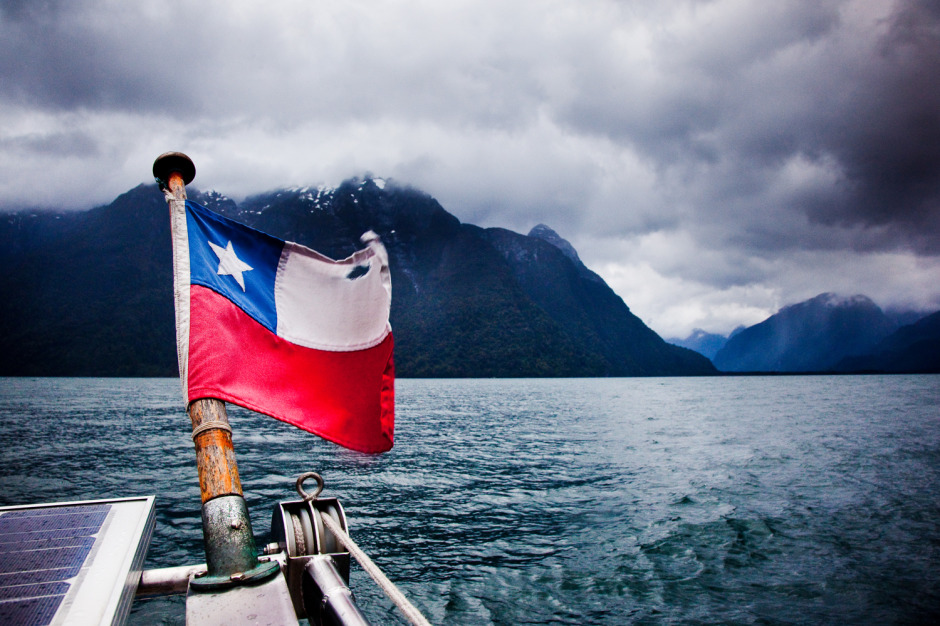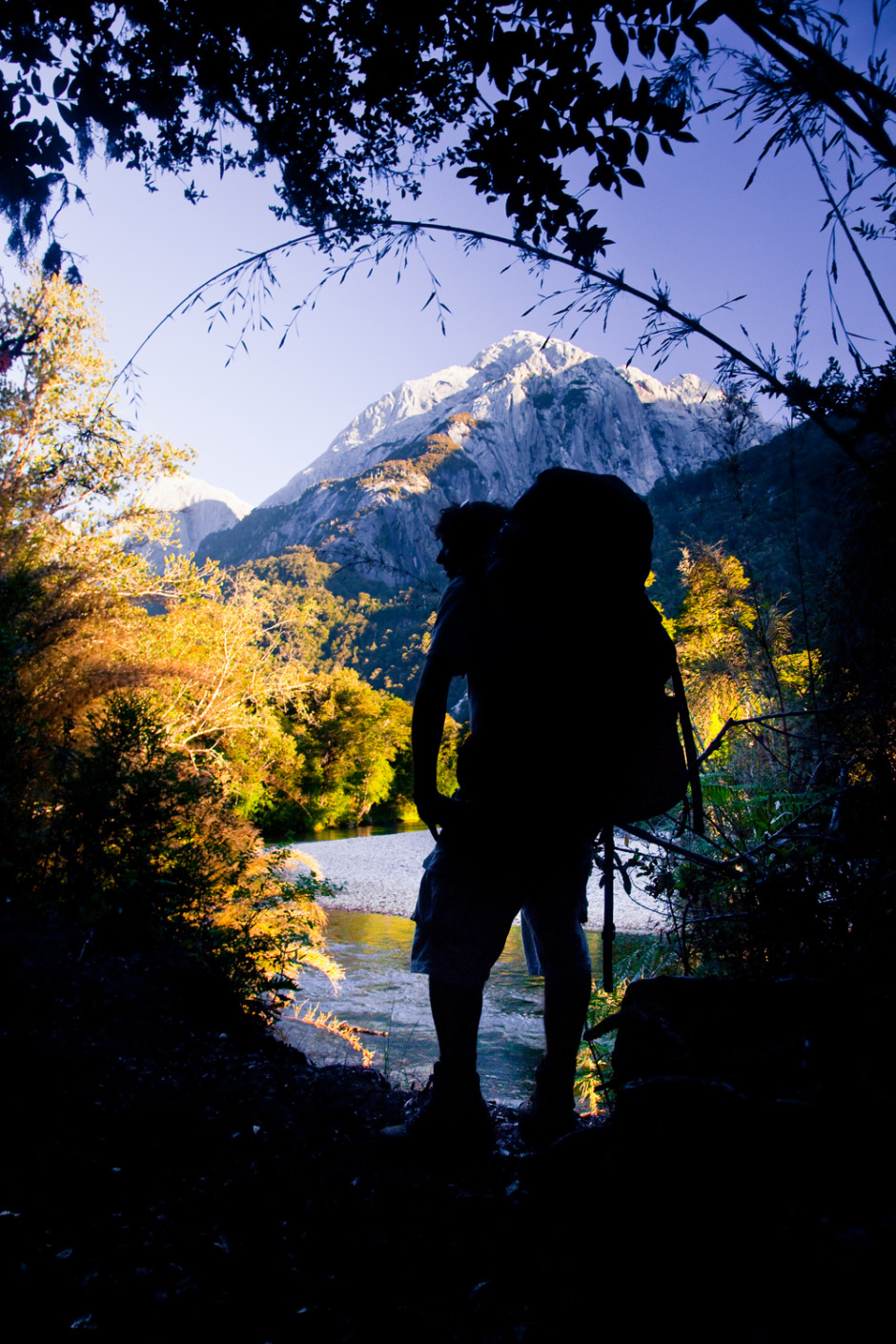THIS photo essay is what the northern fjords of Chilean Patagonia look like if you explore it the only way you can: by boat.



Intermission




Intermission




Intermission





THIS photo essay is what the northern fjords of Chilean Patagonia look like if you explore it the only way you can: by boat.













